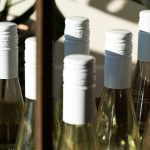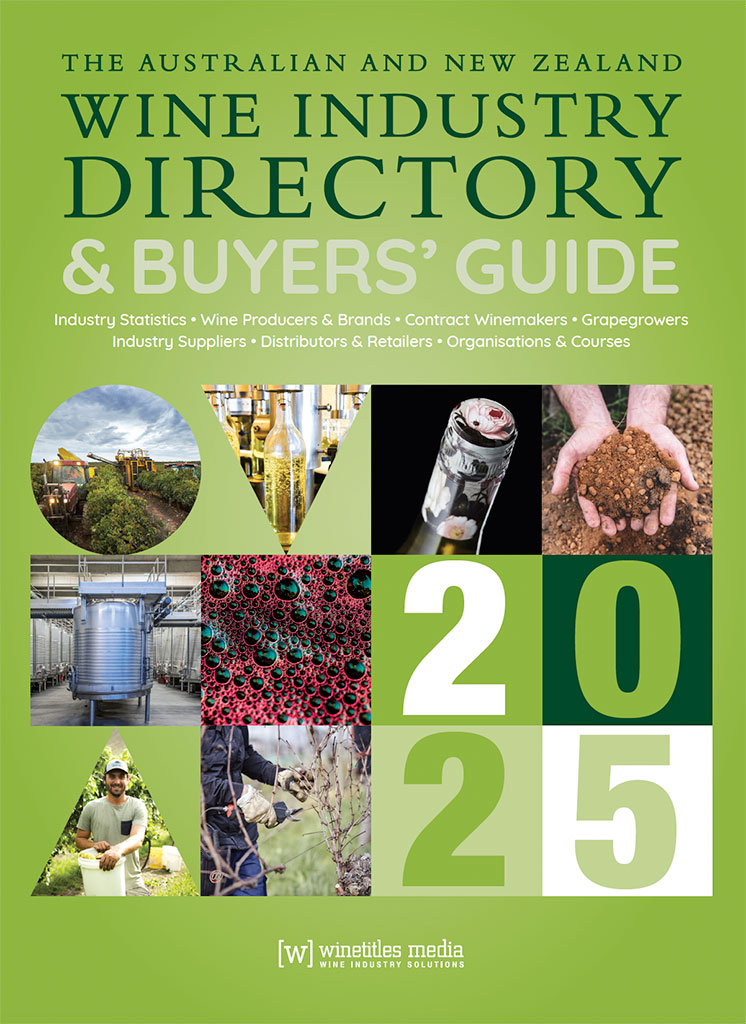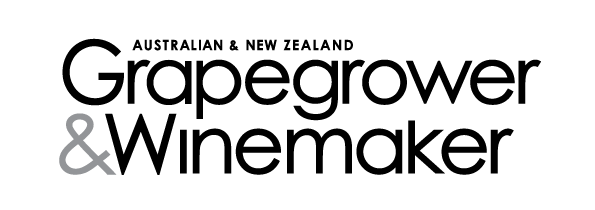Recent changes to the maximum residue level (MRL) and residue definition for captan in wine by the European Union may require many wine grape growers to reconsider their fungicide options for the 2015/16 growing season.
Captan is a proven option in fungicide spray programs for the management of key grapevine diseases including Phomopsis Cane and Leaf Blight, Black Spot, Botrytis Bunch Rot and Downy Mildew. Whilst the future use of captan has not been ruled out – Wine Australia and Winemakers’ Federation Australia are working with the Federal Department of Agriculture to address this trade issue – in the short term alternative options will certainly be required until a more definitive position is known.
Andrew Horsfield, Adama Australia general manager technical development, says he is committed to providing support via the AWRI to ensure that Australian growers are not left without suitably effective options for this season.
“As the leading manufacturer of captan fungicide globally, Adama are working with AWRI and other institutions to support the continued use of captan in several key wine grape markets around the world. Captan (Merpan®) is widely used in the EU to protect pome fruit from Apple Scab, so the issue is not with the active ingredient itself” says Horsfield.
The loss of captan creates a gap in fungicide spray programs for the management of Botrytis Bunch Rot and Downy Mildew in export winegrapes. An alternative multi-site protectant fungicide with similar efficacy is chlorothalonil e.g. Cavalry® Weatherguard or Bravo Weather Stik*. Cavalry® Weatherguard is registered for the control of Downy Mildew, Botrytis and Black Spot and can be used in export winegrapes until E-L 29 (berries pepper-corn sized).
Luke Collins, Adama market manager – horticulture, says there has been quite a bit of pressure on chlorothalonil fungicide supply in 2015 due to demand from chickpea crops in NSW and QLD.
“Stocks may be tight so it would be wise for grape growers to discuss requirements with their suppliers sooner rather than later.”
Growers are likely be reluctant to use iprodione (Chief®/Rovral*) earlier than they have to as it still plays a key role for many later in the season where it is often the only option for control of Botrytis Bunch Rot immediately prior to harvest.”
Collins says pyrimethanil products such as Predict® 600 and Scala* 400 remain effective options from Group 9 for Botrytis Bunch Rot control up until 80% capfall.
“A change worth noting in the AWRI ‘Dog Book’ this season is that a maximum of 800 g of pyrimethanil active (1.33 L/Ha of Predict®) may be used per hectare during the season.
“A practical option, particularly in situations where a requirement for Downy Mildew and Botrytis cover is likely – as well as effective protection from Powdery Mildew – is the application of Custodia® Fungicide” says Collins. “Custodia® is registered to control all three of these key diseases – and is endorsed by AWRI for use from pre-flowering through to E-L 29.”
Importantly, Custodia® now has no re-entry interval, meaning field activities can recommence when the spray is dry.
Now in its second year, Solaris® Fungicide – a unique formulation of cyprodinil that is highly active against Botrytis Bunch Rot in grapes – has been widely accepted by growers across the key grape growing markets.
“In what was mostly a moderate pressure Botrytis season for most in the 2014/15 season, Solaris® was given the opportunity to prove its effectiveness against market leading botryticides,” says Collins.
Solaris® has demonstrated how easy it is to measure and mix with key partner crop protection products in an effective Fungicide Resistance Management program. As a highly effective and safe EC formulation, Solaris® simplifies measuring and pouring during application, quickly penetrates vine tissue and is locally redistributed to protect leaves and fruit.
“Solaris proved its worth to all users last season and offered great value to growers, and is likely to be included in many more programs in 2015 as growers strive to ensure effective botrytis control.
“In 2014, Custodia® and Solaris® were used in combination with outstanding results. In situations where Botrytis pressure was of greater concern, especially in highly susceptible varieties or when conditions looked likely to favour the development of bunch rot,” says Collins.
Adama have worked with the AWRI to extend the recommended use window of Custodia® from E-L 25 to E-L 29, making the combination of Solaris® and Custodia® an even more effective option prior to bunch closure.
Pre-bunch closure is a critical growth stage for the timing of sprays targeting Botrytis as it is the last window of opportunity for growers to achieve good spray coverage inside the bunch to help protect against Botrytis infections that can develop as the fruit ripens.
“Solaris® can be mixed with Warlock® Insecticide – also a convenient, easy to handle liquid – to target Lightbrown Apple Moth or Grapevine Moth up to E-L 29, ensuring that bunches are protected from both the insects and bunch rot,” says Collins. “Warlock® is also rapidly absorbed by plant tissues and forms a reserve of active ingredient protected from UV light and rain. Once inside foliage, only target insects that feed directly on the treated plant tissue are affected, limiting exposure to beneficial insects and ensuring compatibility with IPM programs”.
If you haven’t included Cavalry® Weatherguard, Custodia®, Predict® or Solaris® into your vine management program for 2015 yet and would like more information, contact your local Adama Commercial Manager or visit Adama.com
Adama always recommend that growers consult with their winery and follow winery guidelines to ensure all necessary criteria are met. * Registered Trade Marks.




















